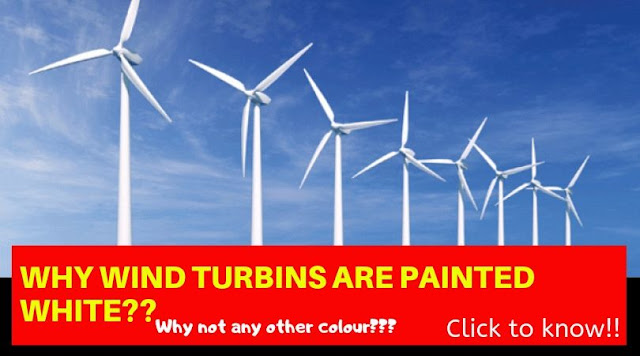Let us see firing order of various engine configurations:
For 4-Cylinder engines the possible firing orders are: 1-3-4-2 or 1-2-4-3
For 3 Cylinder engine 1-3-2
8 Cylinder in-line engine 1-6-2-5-8-3-7-4
For a 6-Cylinder engine firing orders can be: 1-5-3-6-2-4 or 1-5-4-6-2-3
You might be wondering why firing order is not in sequence.Why for a four stroke engine firing order is 1-3-4-2 rather than 1-2-3-4 ? We will discuss about factors on which firing order depends in this article.
Following factors must be considered before deciding the optimum firing order of an engine. These are:
(i) Engine vibrations
(ii) Engine cooling
Consider that the cylinder number 1 of the four-cylinder engine, is fired first. A pressure generated in the cylinder number 1 will give rise to a force on the bearings. If the next cylinder fired is cylinder number 2, this imbalance in load on the two bearings would further aggravate the problem of balancing of the crankshaft vibrations & would result in severe engine vibrations. If we fire cylinder number 3 after cylinder number 1, the load may be more or less evenly distributed as cylinder 3 is far from cylinder 1 so vibrations will be distributed evenly due to symmetry of engine.
Further, consider the effect of firing sequence on engine cooling. When the first cylinder is fired its temperature increases. If the next cylinder that fires is number 2, the portion of the engine between the cylinder number 1 and 2 gets overheated.This results in uneven heating as half engine is heated.If we fire cylinder 3 after cylinder 1 then this results in equal heating of the engine which reduces thermal stress and aids in efficient cooling.

























